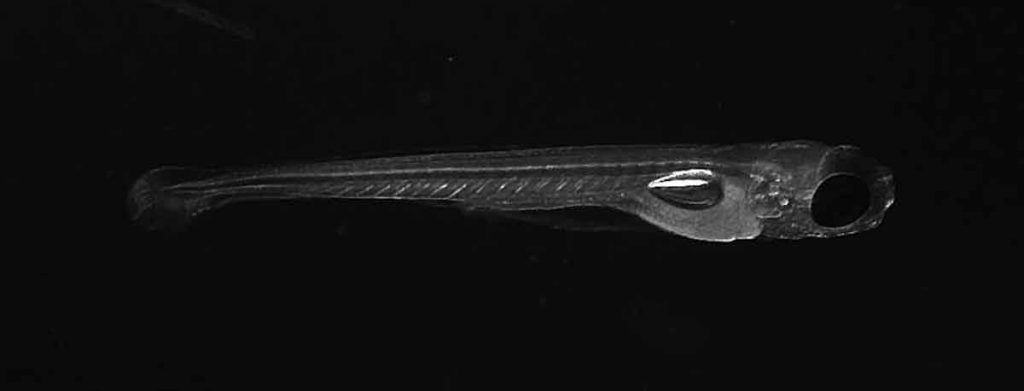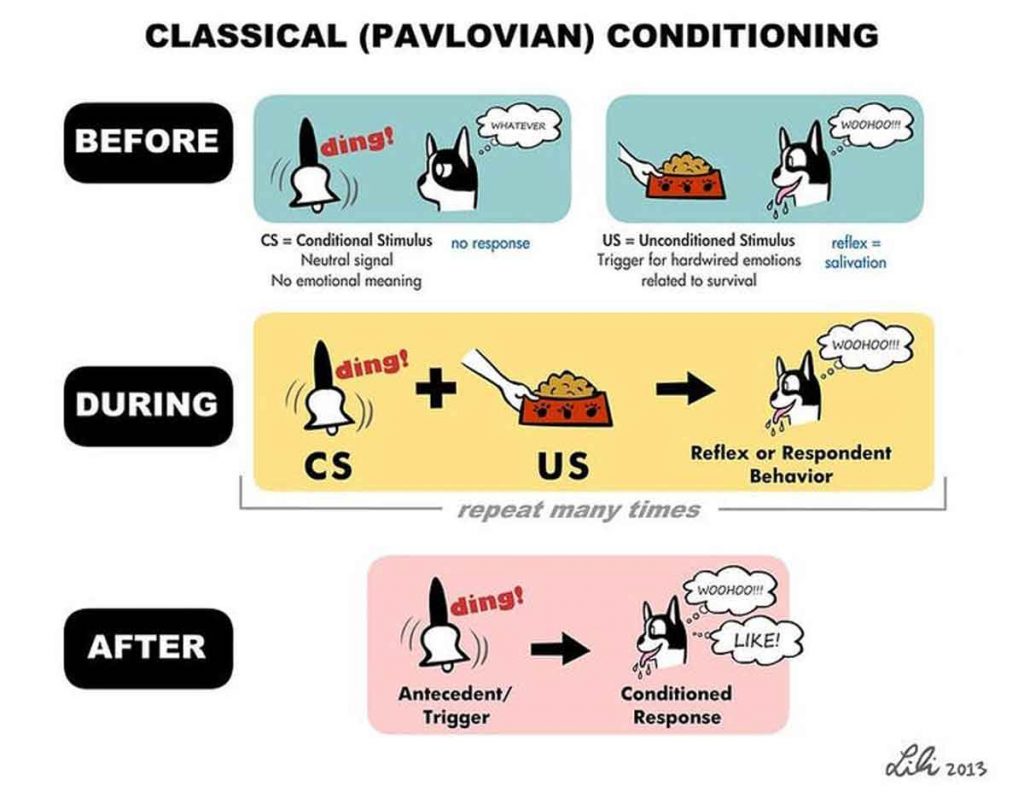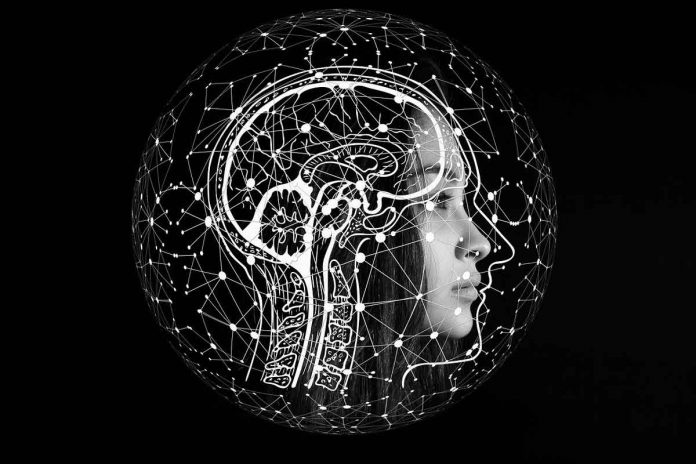Neuroscientists have attempted to understand the physical changes related with memory formation. But visualizing synapses is challenging to do. As synapses are very small and tightly packed together. There are 10 billion times smaller than the smallest object MRI can visualize. There are 1 billion synapses in the mouse brains. Scientists use it to study brain function.
Scientists have developed a new imaging technique which will allow them to map synapses during memory formation. Scientists found out that the process of forming new memories changes how brain cells are connected to one another.
Mapping new memories in fish
Previously scientists have focused on recording the electrical signals produced by neurons. The study has confirmed that neurons change their response to particular stimuli after a memory is formed. But scientists could not pinpoint what drives those changes.
The study reveals the brain physically changes when it forms a new memory. Scientists have created 3D maps of the synapses of zebrafish before and after memory formation. They have chosen zebrafish as their test subjects. As these fishes are large enough to have brains that function. Their brains are also small and transparent enough to offer a window into the living brain.

Scientists used a type of learning process called classical conditioning to induce a new memory in the fish. It involved exposing an animal to two different types of stimuli simultaneously. One is a neutral one which doesn’t provoke a reaction. Another is an unpleasant one that the animal tries to avoid. The animals respond to the neutral stimulus as if it were the unpleasant stimulus.

Scientists engineered zebrafish with neurons which produce fluorescent proteins. These bind to synapses and make them visible. Scientists then imaged the synapses with a custom-built microscope. They used a much lower dose of laser light than standard devices.
Could removing synapses remove memories?
This observation opened the door to a deeper understanding of how memory actually works. It also revealed avenues such as treatment of neuropsychiatric conditions like PTSD.

